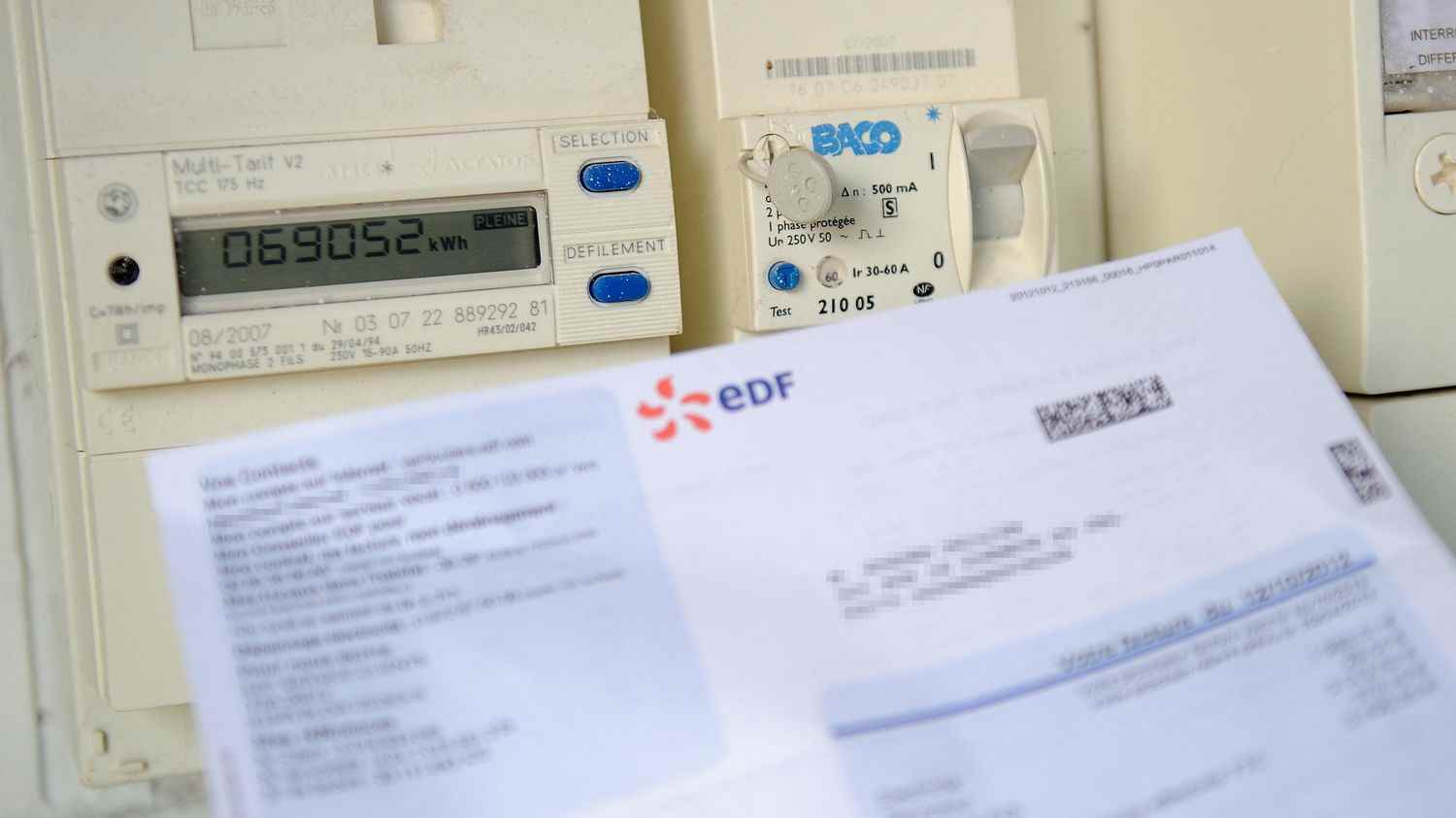Is the tariff shield the miracle weapon against soaring electricity prices? On the occasion of the inauguration of the offshore wind farm in Saint-Nazaire, Thursday, September 22, Emmanuel Macron returned to the government’s strategy to stem the rise in energy prices: “The prices have gone crazy (…) this situation, we have responded to it with a tariff shield.” Without a shield, “it’s a 120% increase that we would have” in 2023, affirmed the President of the Republic, against 15% inflation with this system. Franceinfo verified this estimate.
In order to understand how the executive arrived at this figure, we must delve into the calculation of the regulated electricity tariff in France. Defined by the public authorities and offered by incumbent operators such as EDF, this regulated tariff is partly linked to variations in electricity market prices. A constraint imposed by law for the New Organization of the Electricity Market (Nome) as part of EDF’s complete opening up to competition.
To compensate for the advantage provided by its nuclear fleet, the Nome law obliges the public electrician to reflect in its tariffs the supply costs borne by its competitors, when the latter are supplied on the wholesale electricity market. The aim is to enable EDF’s rivals to offer competitive prices. Clearly, in order not to penalize competition, if the tariffs of alternative operators increase due to a rise in the price of energy on the electricity market, EDF must also raise its regulated tariff.
In times of energy crisis, this sensitivity of the regulated tariff to market changes can cause prices to jump dramatically. According to the Energy Regulation Commission (CRE), given the increase in the wholesale price of electricity, the regulated tariff would have had to increase by more than 35% on February 1, 2022 if it had not been covered by the first tariff shield introduced by the government, which limited the increase to 4%.
The protection conferred by the tariff shield would therefore be even greater in 2023, according to the government. “Without government action, electricity tariffs (…) for households would be multiplied by 2.2 at the beginning of next year”, estimated Elisabeth Borne during a press conference on September 14. “15%” [de hausse] instead of 120%, this is the commitment we make”, added the Prime Minister on this occasion. The shield of 2023, assures the tenant of Matignon, will allow the French to save “180 euros per month” on their electricity bill.
The government “load the boat a little”, says Jacques Percebois, director of the Center for Research in Economics and Energy Law (Creden). The economist considers that without a shield, the increase in the regulated price would rather amount to 63%. Interviewed by TF1, Nicolas Goldberg, consultant at Columbus Consulting, places this increase between 70 and 80%.
How to explain this discrepancy with the figures put forward by the executive? Matignon’s calculation “is purely theoretical”according to Jacques Percebois, because the Energy Regulation Commission, which determines the regulated tariffs “will wait until the end of December to do his calculation”. And for good reason, the regulated price is calculated from two different data. On the one hand, the 24-month average of “spot prices”, established each day by the stock exchanges on the electricity market. On the other, forward prices, ie the anticipated price of electricity for a future period, during the last two months of the year. “However, the data from September to December are not yet known”points out the energy specialist.
For its calculation, the government had to anticipate a wholesale price “really huge”, says Jacques Percebois. This price would exceed 500 euros per megawatt hour. A level equivalent to the forward price of electricity for the year 2023 observed during the second week of September 2022. However, this figure does not take into account the smoothed average of “spot prices” over two years, necessarily lower, as provided by CRE to determine the regulated tariff.
The estimate given by the government appears all the more risky as the rules for calculating the regulated tariff for 2023 have not been completely fixed. The proportion of the electricity price subject to the market is not yet known for the 2023 tariff, warns Aurian de Maupeou, co-founder of Selectra, a comparator of energy offers. CRE also launched, on Friday 23 September, a public consultation aimed at reviewing “the method for constructing regulated tariffs for the sale of electricity”. Requested by franceinfo, the CRE affirms that it cannot “not comment on government figures”, because they are not linked to those of the energy regulatory agency. For its part, Matignon did not respond to our requests for information on its methodology.
How can everyone be better informed?
Participate in the consultation initiated as part of the European project De facto on the Make.org platform. Franceinfo is the partner
